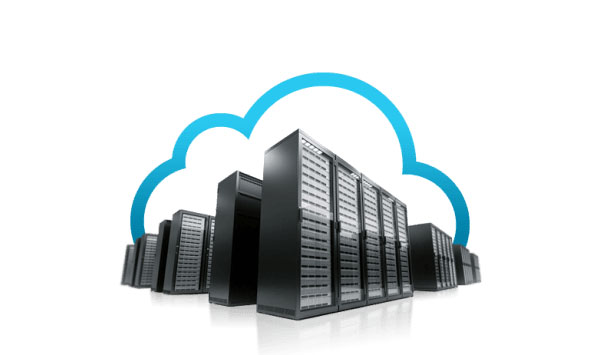Storage as a Service (SaaS) is when a company leases or rents storage infrastructure to another company or individual to store data. Storage as a Service can benefit small to medium sized corporations by saving in personnel costs, hardware and physical space, not to mention the convivence of backups and data transfers. Data can be accessed from any device with an internet connection and web browser.
Clients transfer the data they want stored and are usually charged per gigabyte or terabyte for that storage. Some Storage as a Service providers offer a flat rate, depending on the amount of data stored. Others use a sliding scale depending on the needs of the client.
By using Storage as a Service, you can easily access your data in case of corruption or lose of data due to ransomware or software malfunctions. Storage as a Service is an extremely helpful when activating a disaster recovery plan in case a natural or manmade disaster should occur.
Storage as a Service can also help securing your data. Most systems use a combination of solutions including but not limited to:
Encryption – A complex algorithm is used to encode data. In order access your encrypted data you would need an encryption code.
Authentication Processes – This type of security requires a user name and password.
Authorization Practices – Storage as a Service may have multiple levels of access authorization, from very limited to full access, depending on the access level assigned to the employee.
In conclusion, Storage as a Service is a great option for your data storage. But remember, to be as safe as possible always use the 3-2-1 storage rule!
- 3 copies of your data
- 2 copies local but on different mediums
- 1 copy offsite



